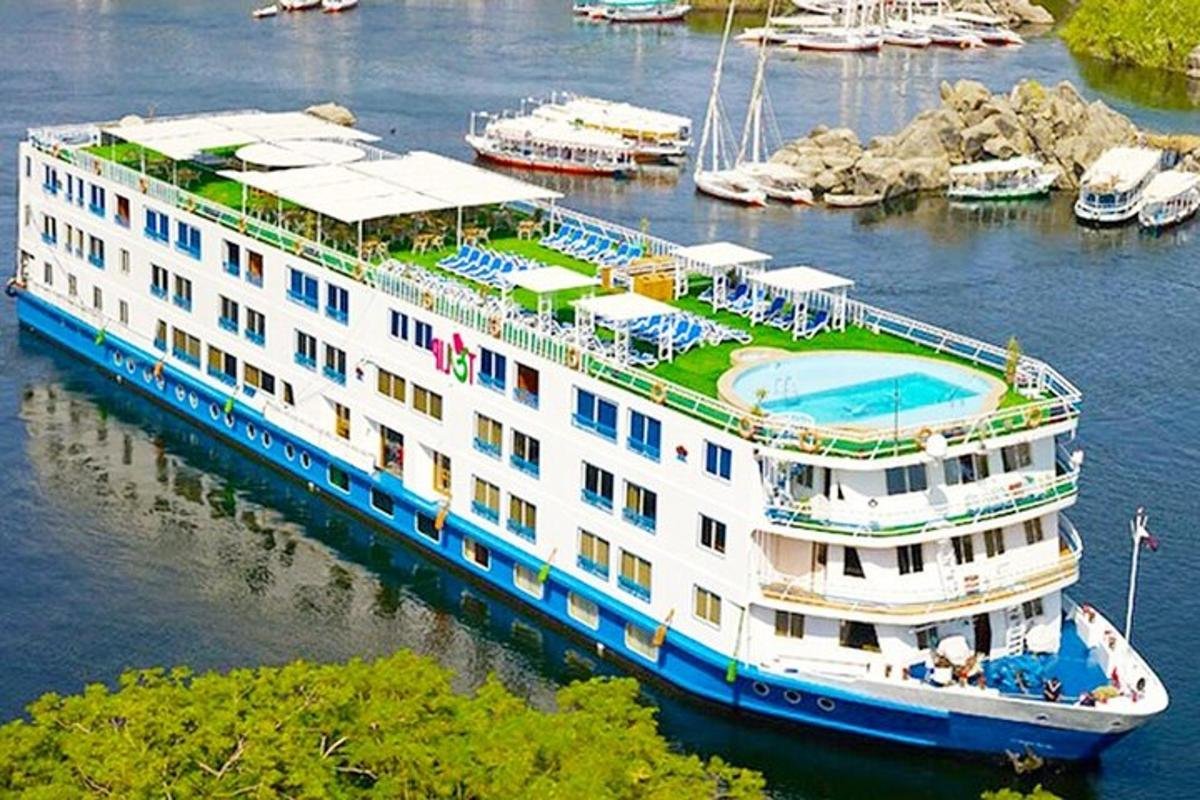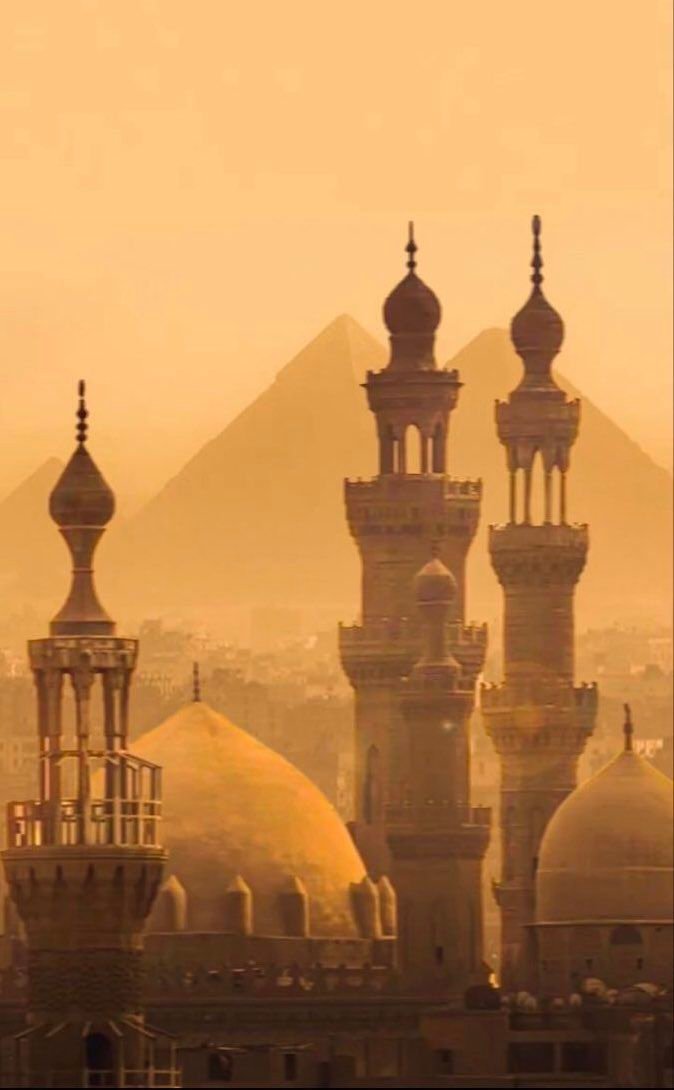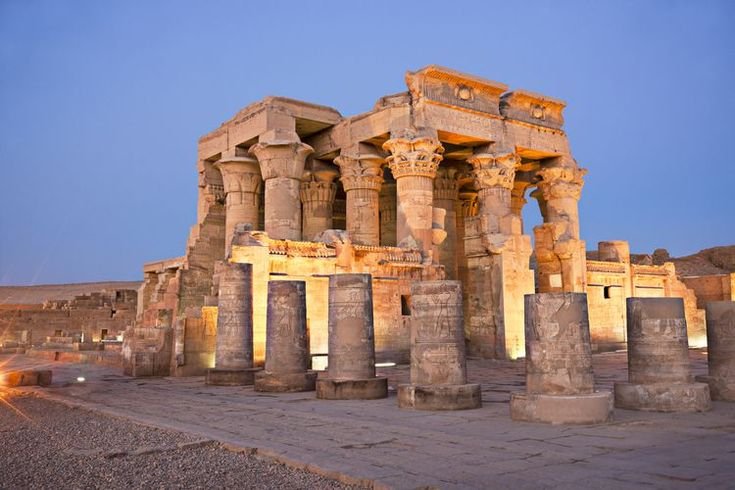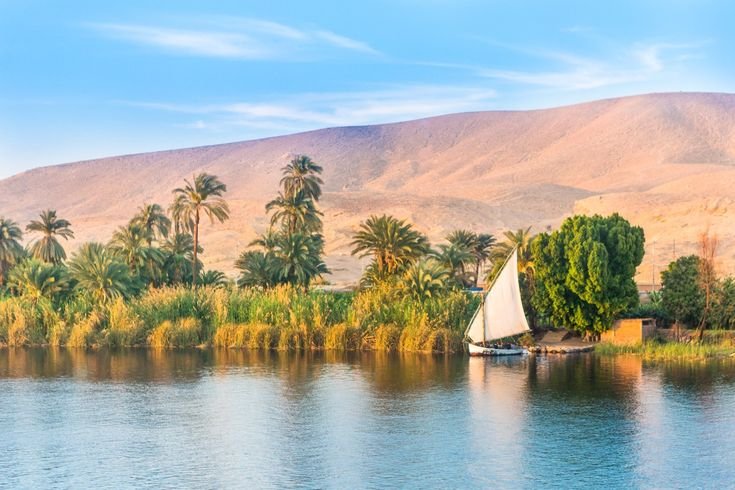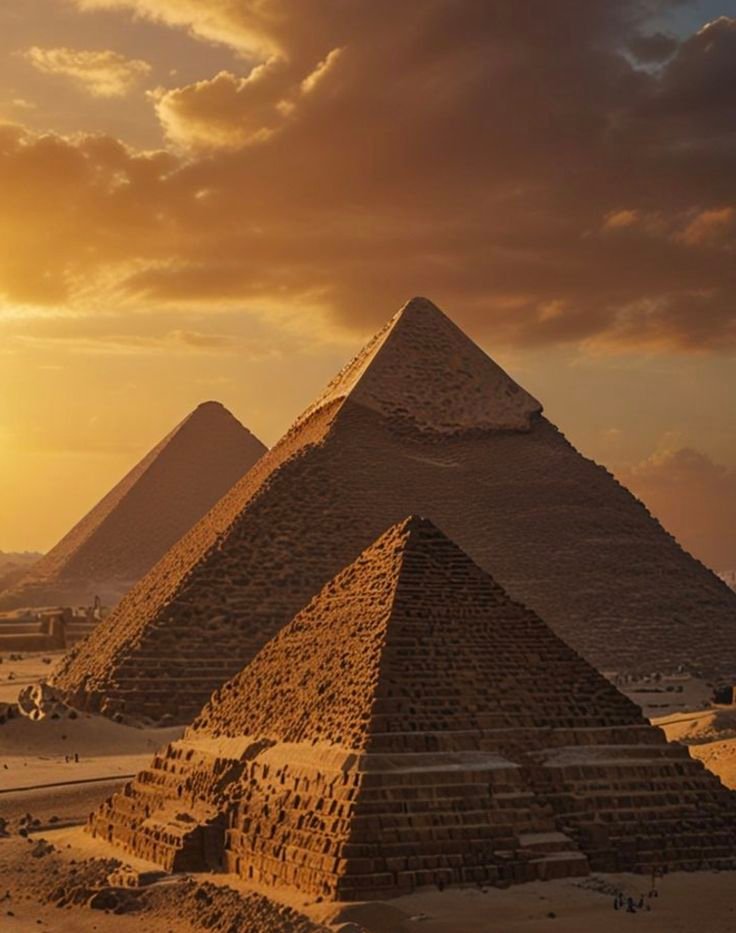Overview
8 Days / 7 Nights Egypt Itinerary: Luxor, Aswan, and Cairo
Egypt is a land of monumental history, rich culture, and enduring mystery. This 8-day journey through Luxor, Aswan, and Cairo takes travelers along the storied Nile River and into the heart of ancient and modern Egypt. From colossal temples and royal tombs to pyramids, mosques, and museums, the adventure blends the spiritual, architectural, and cultural legacy of this remarkable country.
Day 1: Arrival in Luxor – Gateway to Ancient Thebes
The journey begins in Luxor, once the mighty capital of ancient Thebes and often called the world’s greatest open-air museum. After arriving and checking into your hotel or Nile cruise, enjoy a leisurely evening stroll along the Corniche or relax before the adventures ahead.
If time permits, you may explore the Luxor Temple by night—beautifully illuminated and serene, giving your first glimpse into the grandeur of New Kingdom Egypt.
Day 2: West Bank – Valley of the Kings, Hatshepsut Temple, and Memnon Colossi
Begin your day by crossing the Nile to the West Bank, the land of the dead in ancient Egyptian belief. Explore the legendary Valley of the Kings, where pharaohs including Tutankhamun, Ramses II, and Seti I were buried in elaborately decorated tombs. With colorful hieroglyphs and sacred texts lining the walls, the tombs reveal the Egyptians’ vision of the afterlife.
Next, visit the striking Temple of Queen Hatshepsut at Deir el-Bahari, an architectural marvel with sweeping terraces built into the cliffs. Nearby stand the Colossi of Memnon, two enormous statues that once guarded the mortuary temple of Amenhotep III.
Day 3: East Bank – Karnak and Luxor Temples
On your second full day in Luxor, visit the Karnak Temple Complex, the largest religious structure ever built. Walk through the awe-inspiring Hypostyle Hall with its forest of towering columns, marvel at obelisks, and learn about the sacred lake and ancient rituals.
In the afternoon, explore the Luxor Temple, connected to Karnak by the recently restored Avenue of Sphinxes. Built by Amenhotep III and expanded by Ramses II, it served as the site of the annual Opet Festival where statues of the gods traveled between temples.
Later, board your Nile cruise (if cruising), and enjoy dinner on board as you begin sailing south toward Aswan.
Day 4: Edfu and Kom Ombo Temples (en route to Aswan)
Sail down the Nile and stop at two of Egypt’s most fascinating temples.
In Edfu, visit the Temple of Horus, the best-preserved ancient temple in Egypt. Built during the Ptolemaic period, it honors Horus, the falcon-headed god, and tells the mythological story of his battle with Seth, the god of chaos.
Later, visit Kom Ombo Temple, uniquely dedicated to two gods—Sobek the crocodile god and Haroeris (Horus the Elder). The temple is perfectly symmetrical and contains fascinating reliefs, including ancient surgical instruments. Nearby, see mummified crocodiles at the Crocodile Museum.
Continue sailing toward Aswan and spend the evening onboard enjoying Nubian-inspired music and cuisine.
Day 5: Aswan – Philae Temple, High Dam, and Unfinished Obelisk
Begin your exploration of Aswan, a city known for its Nubian heritage and tranquil Nile views.
Start at the Aswan High Dam, a modern engineering marvel completed in 1970 that created Lake Nasser and revolutionized Egyptian agriculture.
Then visit the Unfinished Obelisk, a colossal granite monument left in place due to cracks. It offers rare insight into ancient stone-carving techniques.
Finally, enjoy a boat ride to Philae Island, home of the stunning Temple of Isis. Rescued from rising waters and relocated block by block, this elegant temple was a center of pilgrimage during the Greco-Roman period and retains its sacred ambiance today.
Optional evening activities include a felucca ride at sunset or attending the Philae Sound & Light Show.
Day 6: Optional Abu Simbel or Travel to Cairo
In the early morning, you may choose an optional tour to Abu Simbel Temples, a must-see for many visitors. These rock-cut temples of Ramses II and Queen Nefertari are monumental in both size and artistry, famously relocated in the 1960s to avoid being submerged by Lake Nasser.
Later, travel to Cairo by flight or sleeper train, arriving in the bustling capital to begin the next phase of your Egyptian experience.
Day 7: Cairo – Giza Pyramids and Saqqara
Today, step back in time to the age of the pharaohs with a visit to the Giza Plateau. Marvel at the Great Pyramid of Khufu, the only remaining Wonder of the Ancient World, along with the pyramids of Khafre and Menkaure. Stand in awe before the iconic Great Sphinx, symbol of royal power and mystery.
After lunch, continue to Saqqara, Egypt’s oldest royal necropolis, to see the Step Pyramid of Djoser, the first stone pyramid ever built. Explore mastaba tombs, hieroglyph-covered walls, and get a sense of the early stages of pyramid development.
Return to Cairo for overnight, perhaps enjoying a traditional dinner in the historic Khan el-Khalili market.
Day 8: Cairo – Egyptian Museum and Old Cairo
On your final day, dive into the treasure trove of antiquities at the Egyptian Museum in Tahrir Square. See highlights such as Tutankhamun’s golden mask, coffins, statues, and everyday items that offer an intimate view of ancient Egyptian life.
In the afternoon, explore Old Cairo (Coptic Cairo), home to the Hanging Church, Church of St. Sergius, and the Ben Ezra Synagogue. Walk the same paths the Holy Family is believed to have taken during their flight into Egypt.
Transfer to Cairo Airport for your departure, marking the end of a spectacular 8-day Egyptian journey.
Conclusion
This 8-day itinerary offers a captivating tour through Egypt’s ancient heartlands—from the royal tombs of Luxor to the majestic temples of Aswan, and the timeless pyramids and museums of Cairo. Whether cruising the Nile or wandering centuries-old streets, you’ll witness firsthand the splendor, spirit, and stories of one of the world’s greatest civilizations.

